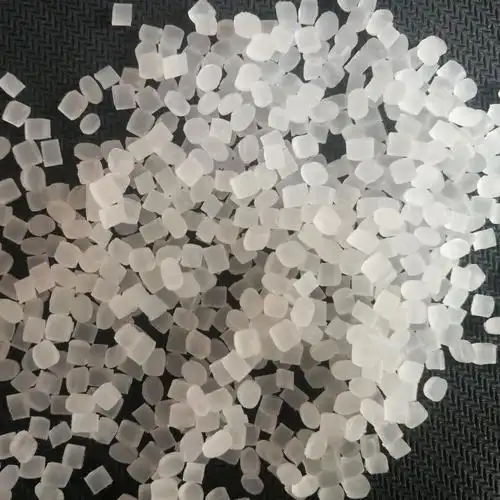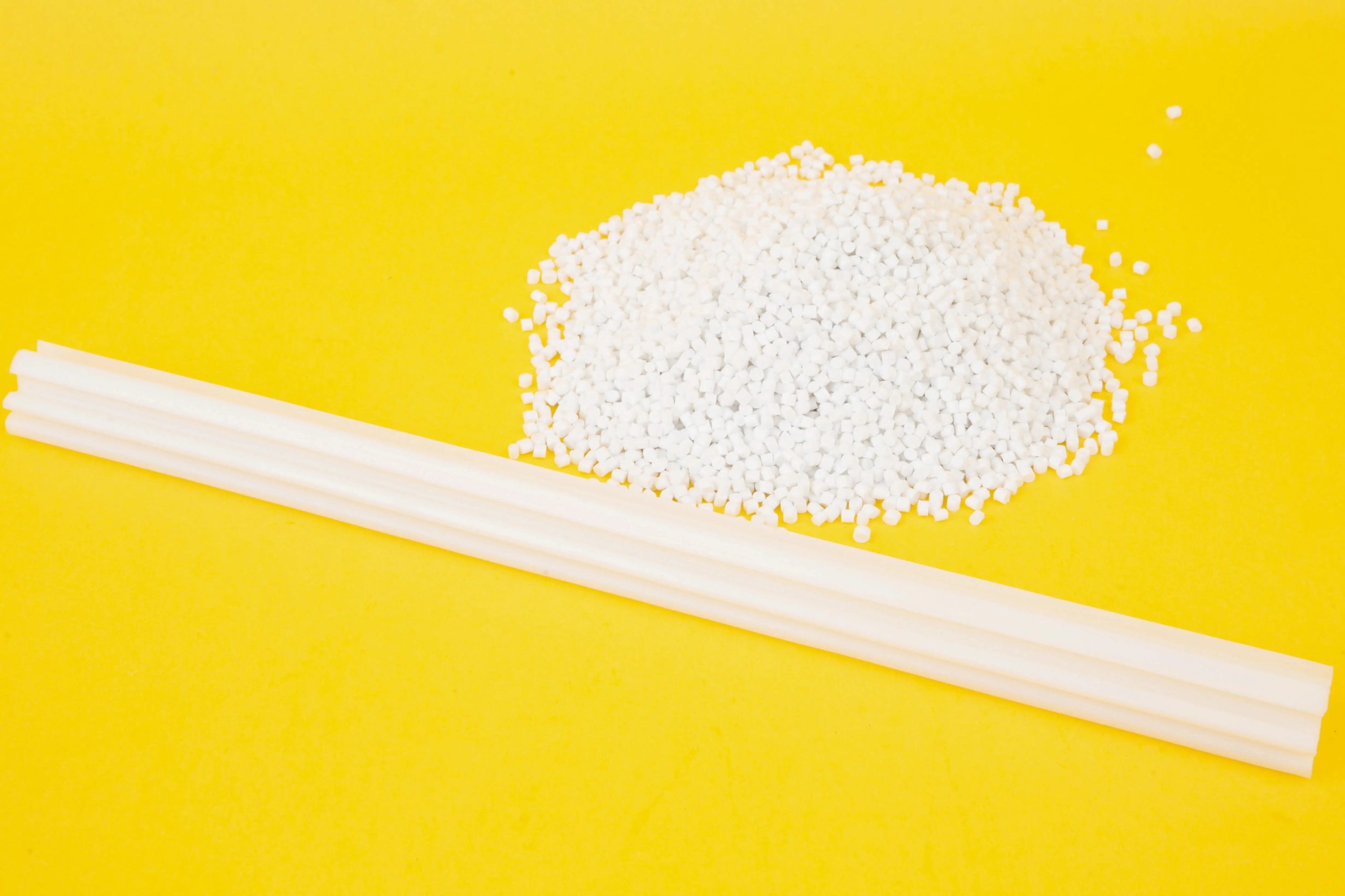After spending more than a decade in the thermoplastic rubber (TPR) extrusion industry, I’ve come across countless machine setups, production challenges, and maintenance headaches. One question that pops up surprisingly often—both from newcomers and even some experienced operators—is: why does the discharge port of a TPR extruder need to be ventilated?
It seems straightforward at first, but the underlying reasons are tied deeply to material properties, process stability, and long-term machine health. I’ll break this down from my practical experience, sprinkle in some real-world examples, and hopefully give you a solid, actionable understanding.

What’s Really Behind This Question?
When someone looks up “why should the discharge port of a TPR extruder be ventilated?”, they’re usually wrestling with at least one of these problems:
They’ve noticed bubbles, voids, or inconsistent texture in the extruded product.
They’re experiencing die pressure fluctuations that make it tough to keep dimensions stable.
Their extrusion line is running slower than it should because they have to keep dialing down throughput to avoid defects.
Or worse: they’ve had costly downtime due to a pressure surge blowing out a screen pack or damaging the die.
In all these scenarios, improper or inadequate venting often lurks at the root.
How Does Ventilation at the Discharge Port Help?
1. Removing Residual Gases
TPR compounds often release small amounts of volatiles—whether from residual moisture, minor decomposition, or simply from the inherent composition of the elastomer blend. If these gases don’t escape properly at the end of the extrusion process, they become entrained in the melt.
This leads to:
Microbubbles in the final product
Surface pitting or roughness
Reduced mechanical properties
A well-designed vent or atmospheric opening at the discharge port allows these gases to exit safely.

2. Stabilizing Melt Flow and Pressure
Without proper venting, trapped gases can cause intermittent surges in die pressure. Inconsistent pressure is one of the top culprits behind dimensionally unstable profiles or sheet thickness variation.
By ventilating the discharge port, we allow:
A steady melt flow into the die
Better calibration consistency, especially critical in tight-tolerance applications like automotive sealing strips or medical tubing
3. Preventing Die Build-Up and Downtime
Excessive internal pressure caused by unvented gases often pushes degraded material or fillers toward the die lips. Over time, this leads to die drool, which:
Needs frequent cleaning
Causes line stoppages
Wastes material due to off-spec products
Good ventilation dramatically reduces these issues, prolonging the interval between maintenance stops.
A Snapshot: Typical Problems vs. Benefits of Proper Venting
Here’s a compact table summarizing what I’ve observed over hundreds of production lines:
| Common Problem Without Ventilation | Root Cause | How Venting Helps |
|---|---|---|
| Bubbles or voids in extrudate | Trapped volatiles or gases | Gases escape through vent, cleaner melt |
| Fluctuating die pressure | Gas compressing & expanding in melt | Stable pressure ensures dimension control |
| Die drool, build-up at lips | Material forced out unevenly | Lower internal stress, cleaner die face |
A few years back, we were extruding a TPR compound for a large appliance manufacturer—producing gaskets with very tight dimensional specs. They were experiencing intermittent bulges and pinholes.
They suspected the material supplier first. But after a week of investigation (and several batches tested), it turned out their new extrusion line had no vent port near the discharge end, and the barrel temperature was slightly too high, exacerbating volatile release.
We installed a simple atmospheric vent near the end section. Immediately, the die pressure readings stabilized by nearly 30%, surface defects dropped to near zero, and our scrap rate fell below 1%. That one small change paid itself back in under two days of production.

Frequently Overlooked: Vent Design Matters
It’s not enough to just have a hole somewhere near the discharge. Over years of tweaking lines for different clients, here’s what I’ve found crucial:
Vent geometry – A well-shaped vent slot helps gases escape without allowing melt to drool out.
Screw design compatibility – Many TPR screws use a barrier or mixing section before the vent to build a melt seal upstream, ensuring only gases reach the port.
Vacuum vs. atmospheric vent – For very moisture-sensitive grades, we sometimes use a vacuum vent to actively pull gases out. This is common in high-performance TPR automotive seals.
Proper cleaning – Vent ports can clog with degraded polymer or fillers. Routine cleaning avoids backpressure surprises.
Why Some Operators Avoid It—And Why That’s Risky
I’ve met operators who intentionally block the vent, thinking it’ll build more back pressure to improve surface finish. While it might work short-term, the risks include:
Gas entrapment that eventually erupts as die lines or pinholes.
Increased torque load on the extruder, risking gearbox wear.
Shorter die cleaning intervals.
A well-balanced process relies on proper venting, not brute force pressure.

A Few Pro Tips from My Experience
Always keep the vent area slightly cooler than the last melt zone to prevent melt drool.
If using a vacuum vent, watch the vacuum gauge closely—a sudden drop might indicate a partial clog or leak.
Don’t over-tighten vent covers; allow for easy removal during cleaning.
Keep a record of die pressure trends—if it starts to fluctuate more than ±5%, check the vent first.
Related Questions (Q&A)
Q: Can I retrofit a vent port into an existing extruder barrel?
A: Yes, many machine shops can machine a vent slot into your barrel and add the necessary fittings. Just make sure your screw design can handle venting; sometimes a new screw with a melt seal is needed.
Q: What’s the difference between a degassing vent and a discharge vent?
A: Degassing vents are usually placed mid-barrel to remove volatiles after partial melting. A discharge vent is near the end to let out final trapped gases. For TPR, discharge venting is typically more critical.
Q: Does venting reduce the extrusion pressure too much?
A: If properly designed, no. The vent is primarily for gases. The melt seal ahead of the vent maintains pressure needed for shaping through the die.
In Closing
Over the years, I’ve learned that paying attention to small details like ventilation at the discharge port can make the difference between a headache-filled production day and a smooth, profitable run.
Ventilation is not just a technical afterthought—it’s a fundamental part of quality TPR extrusion. Whether you’re chasing tighter tolerances, fewer defects, or longer runs without maintenance, taking the time to ensure proper vent design and operation will pay dividends.
If you’re tackling a tricky extrusion problem or have specific questions about vent setups, feel free to drop me a message. I’ve seen most of these headaches firsthand—and sometimes a quick suggestion can save you hours (or even days) of lost production.





